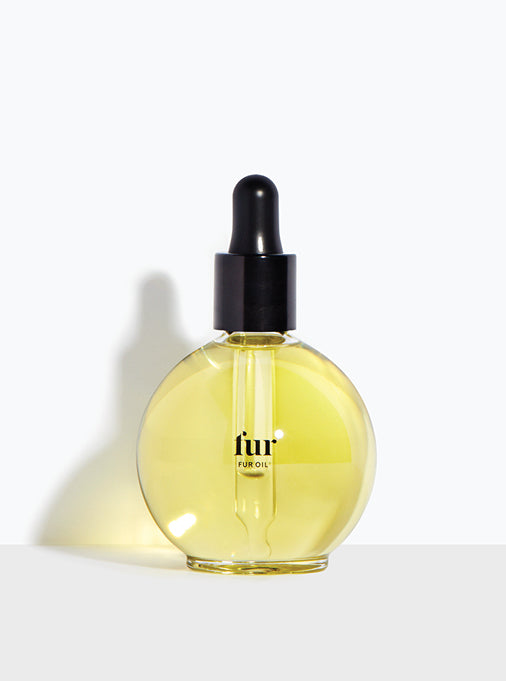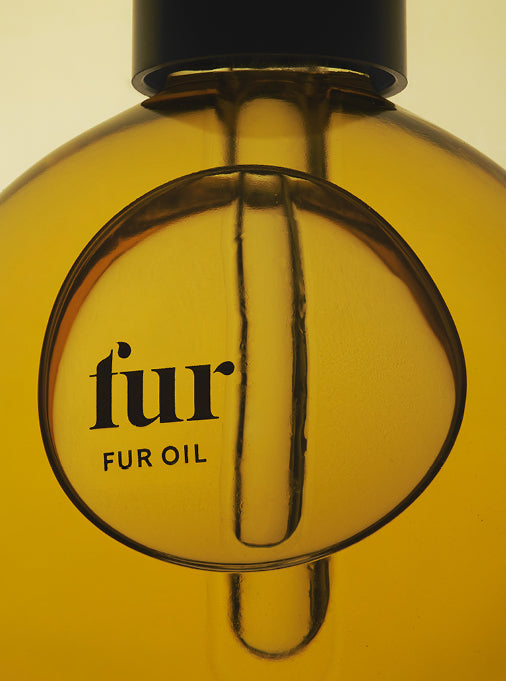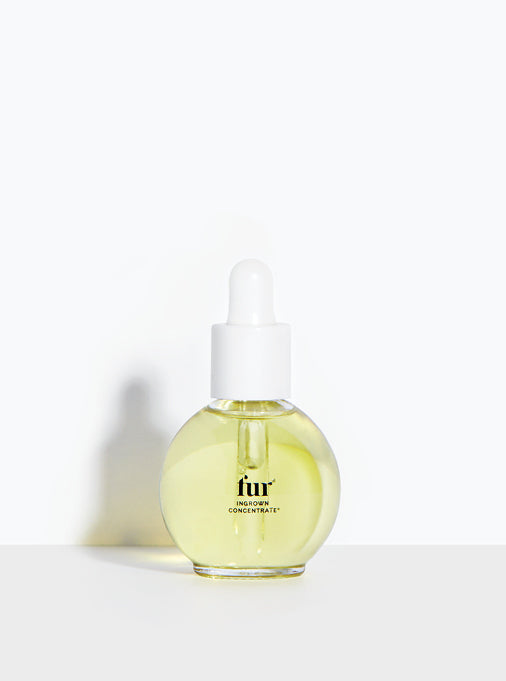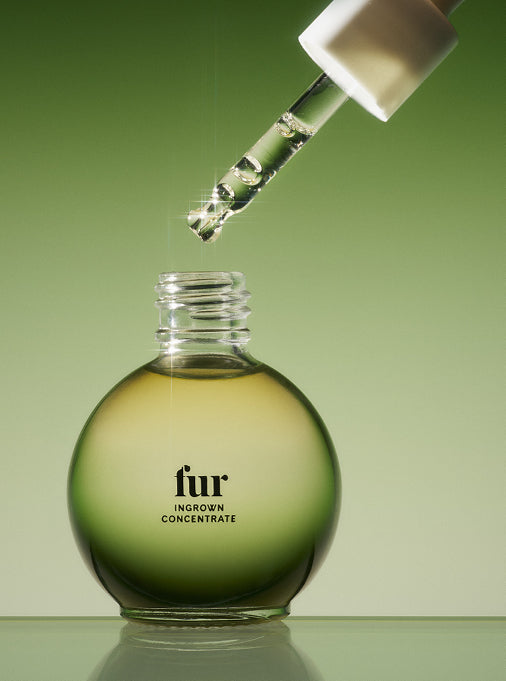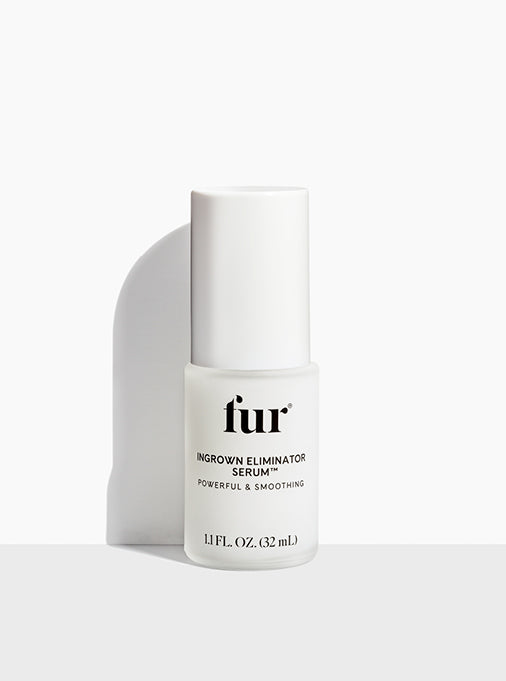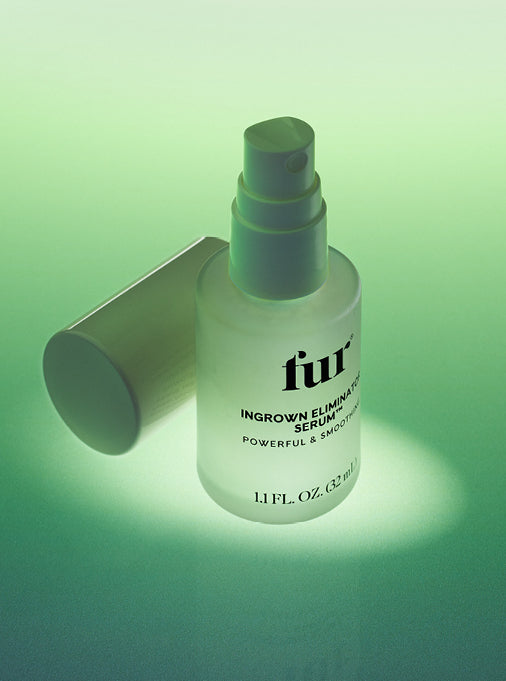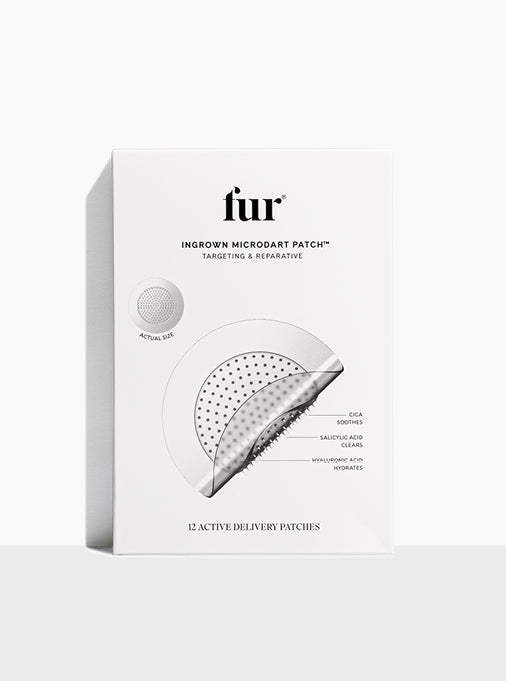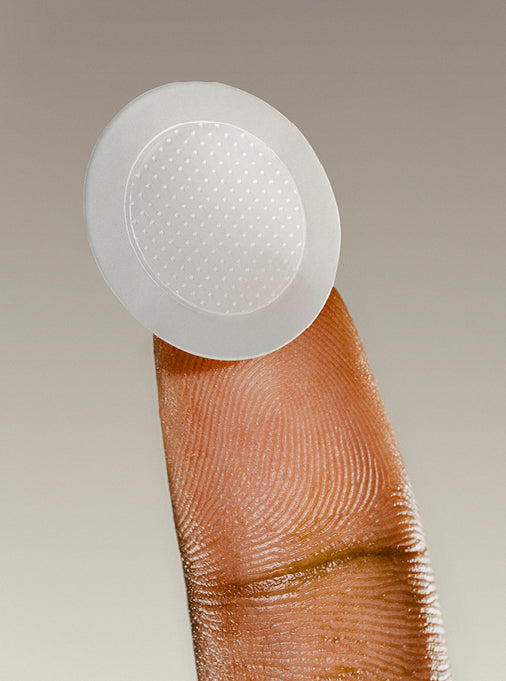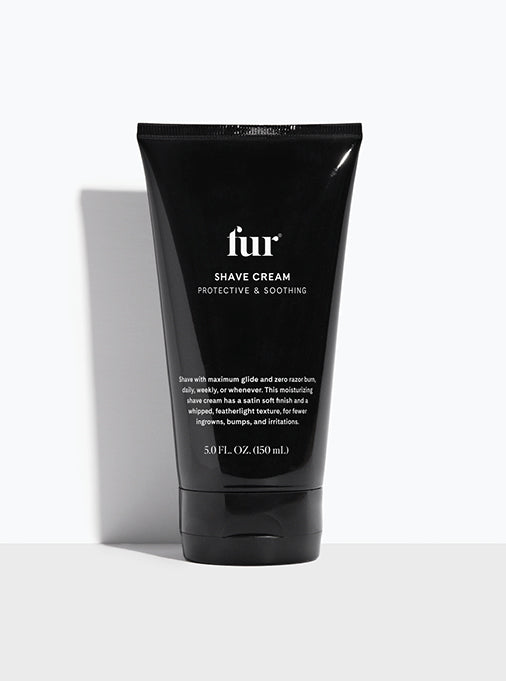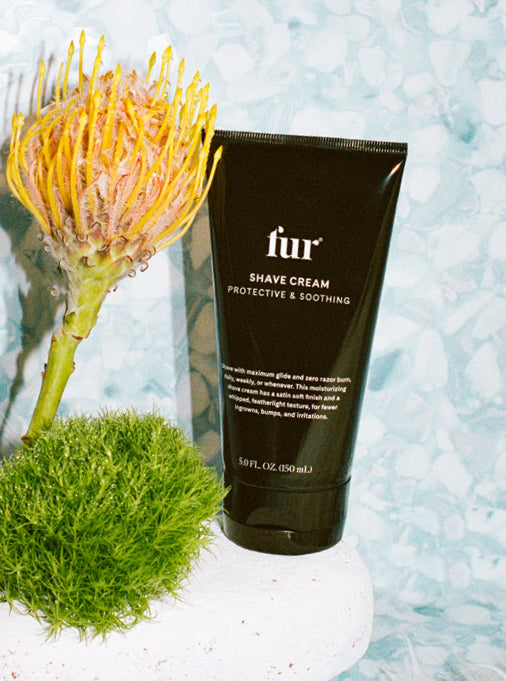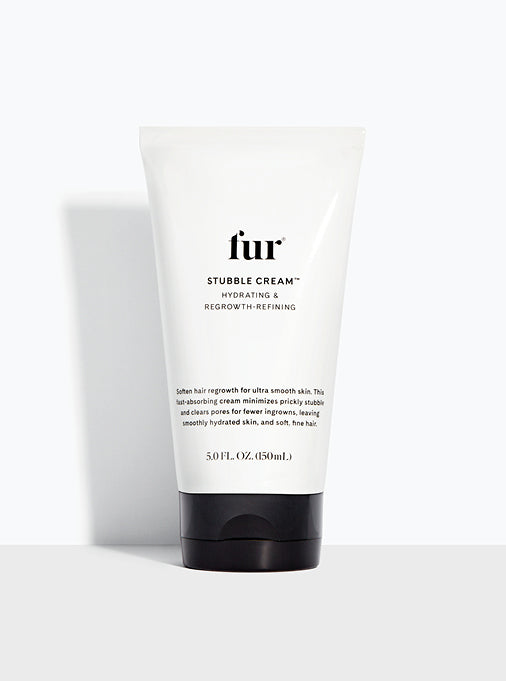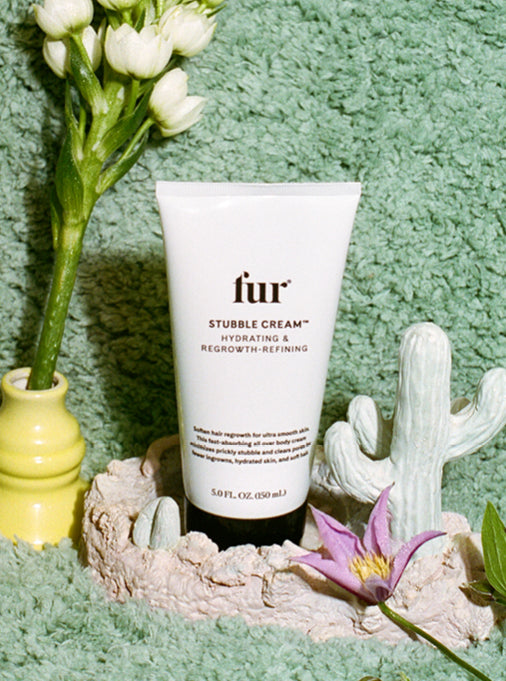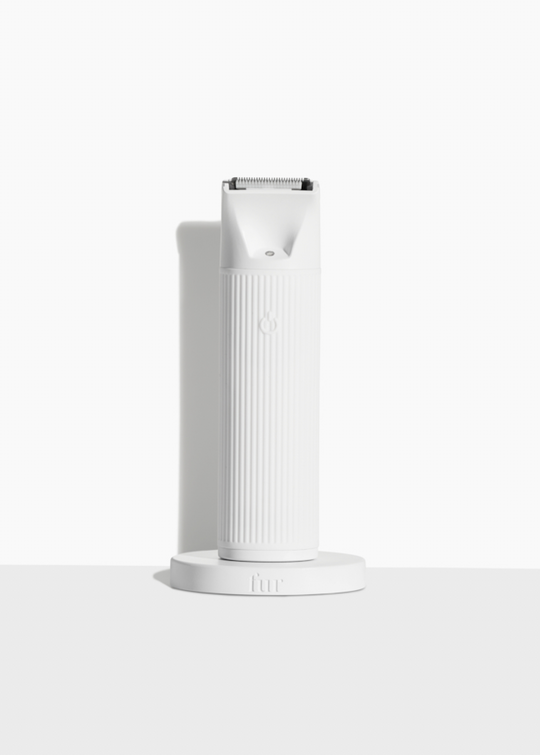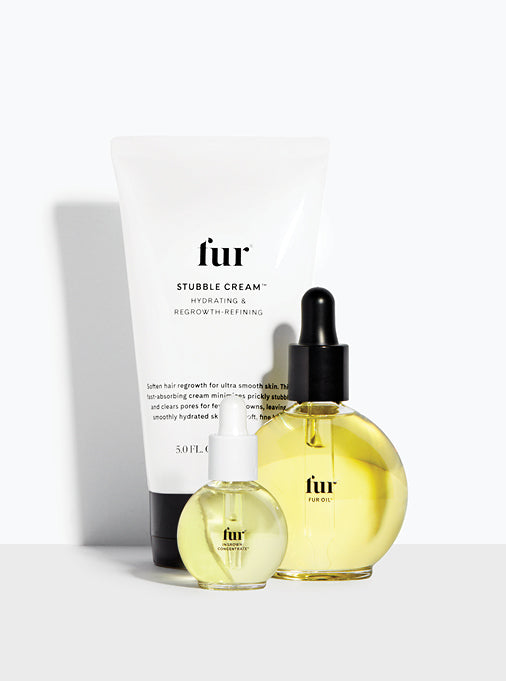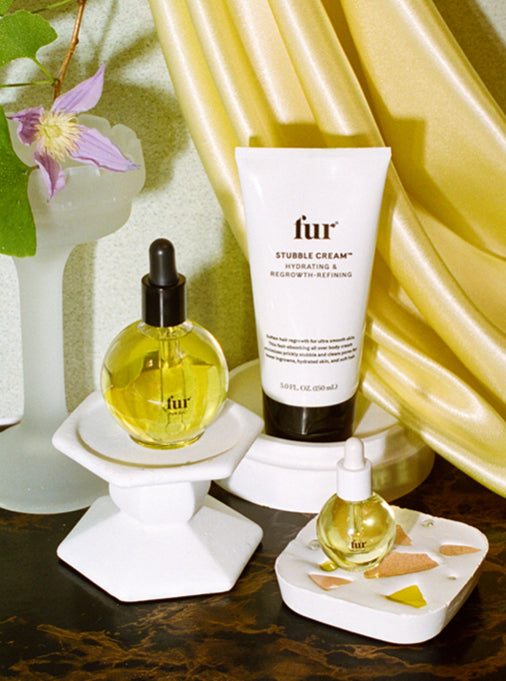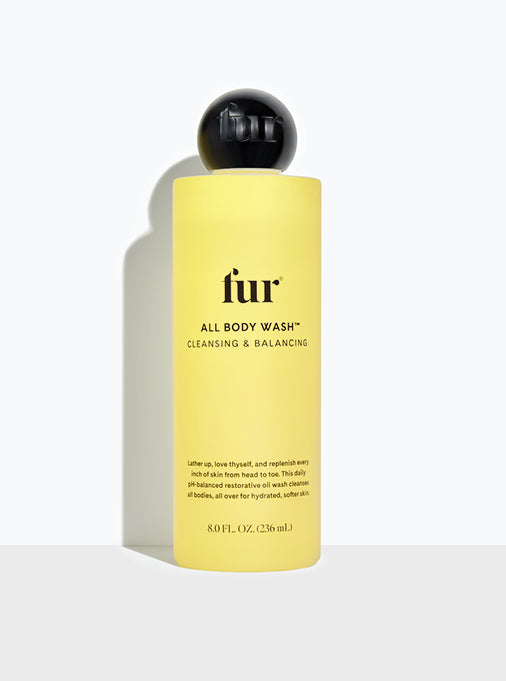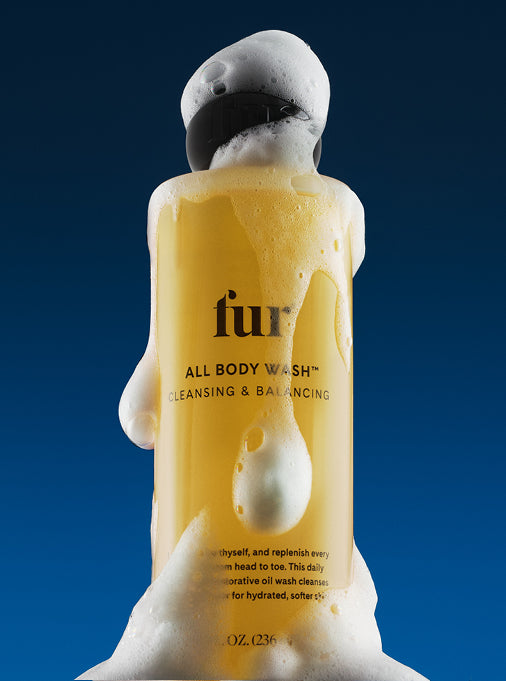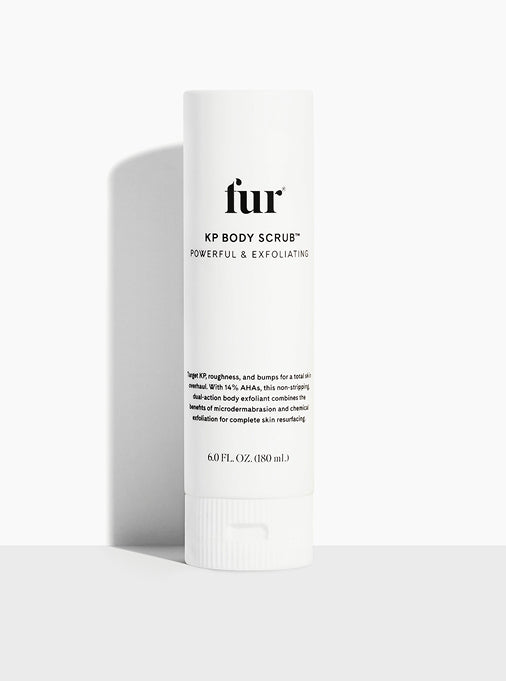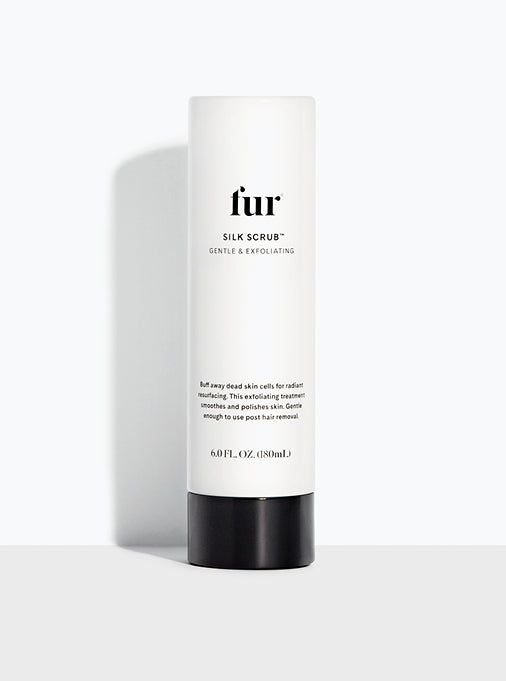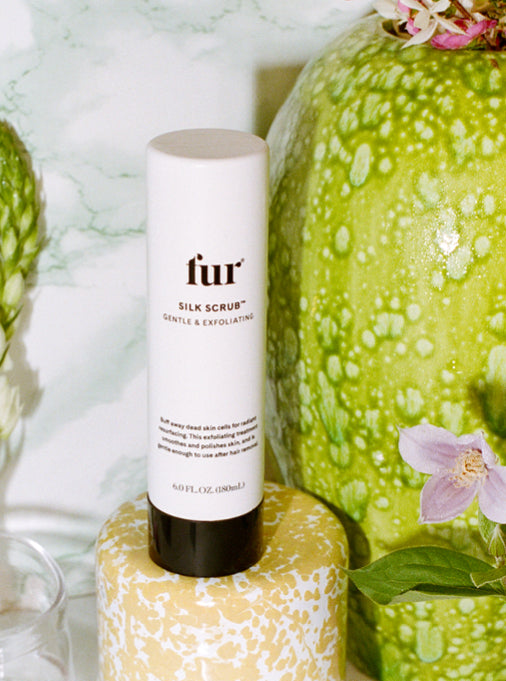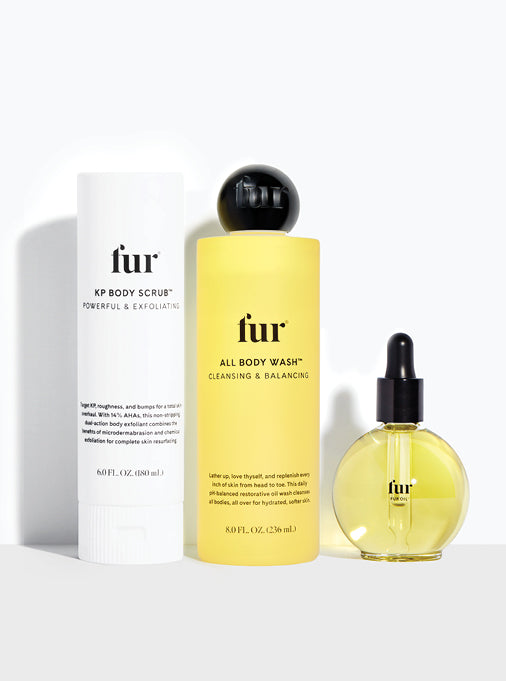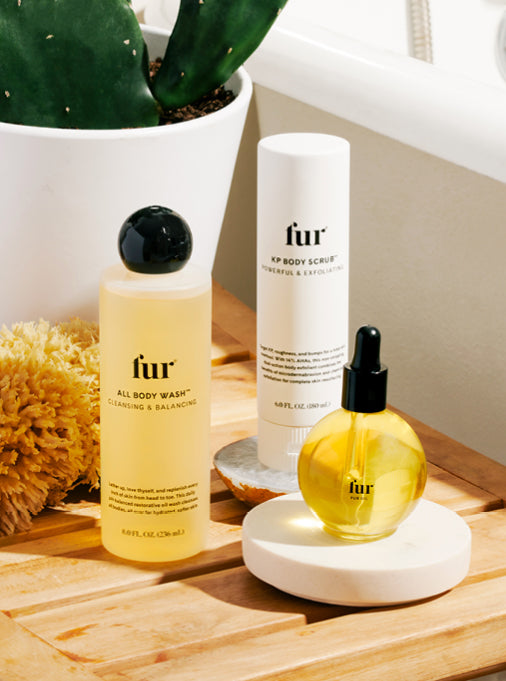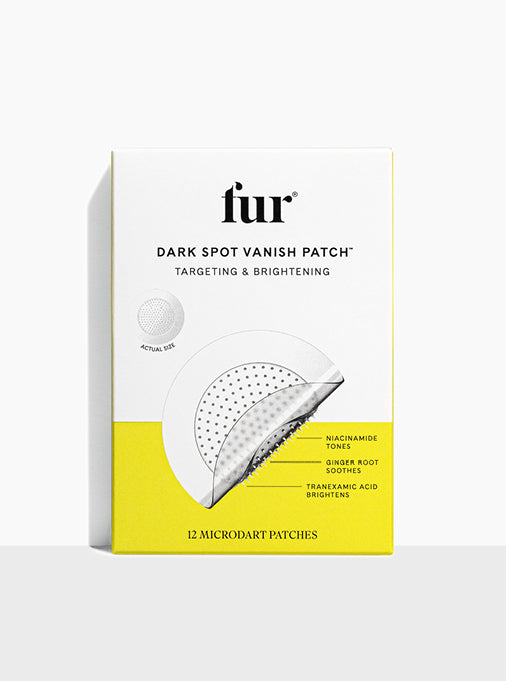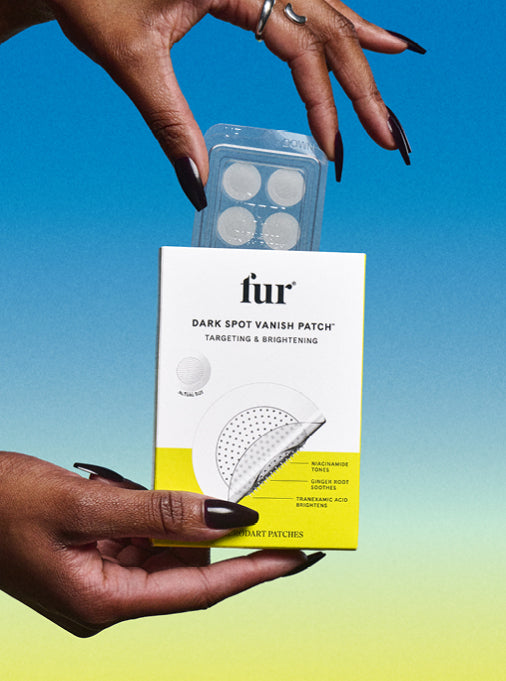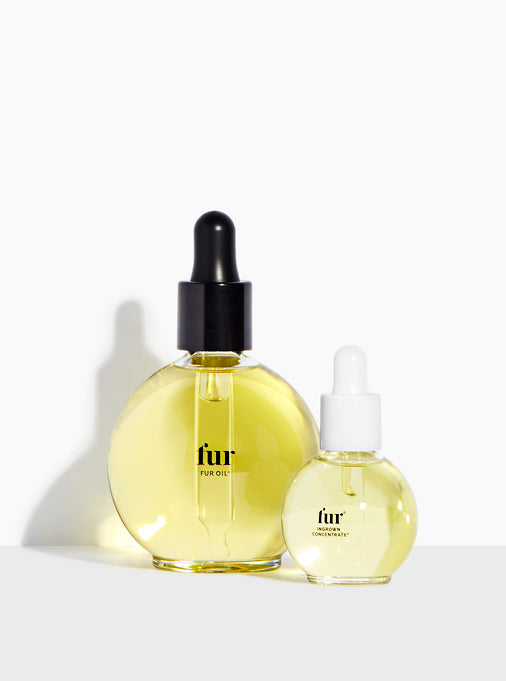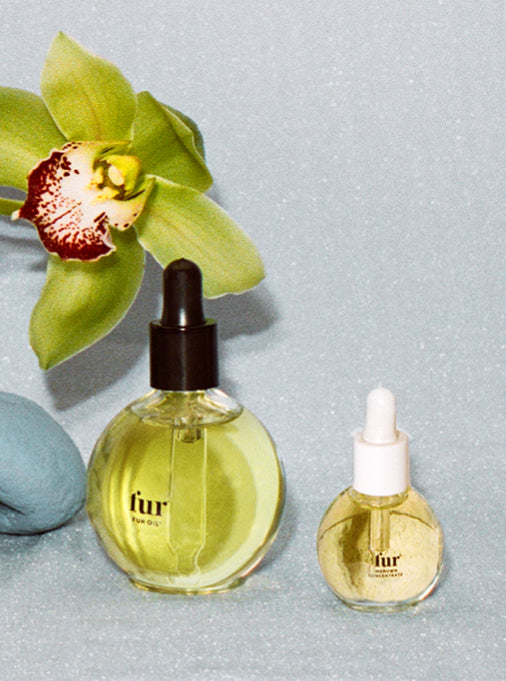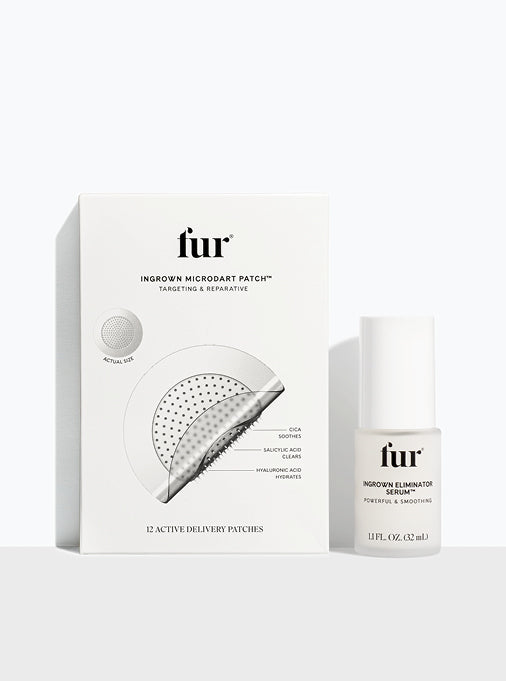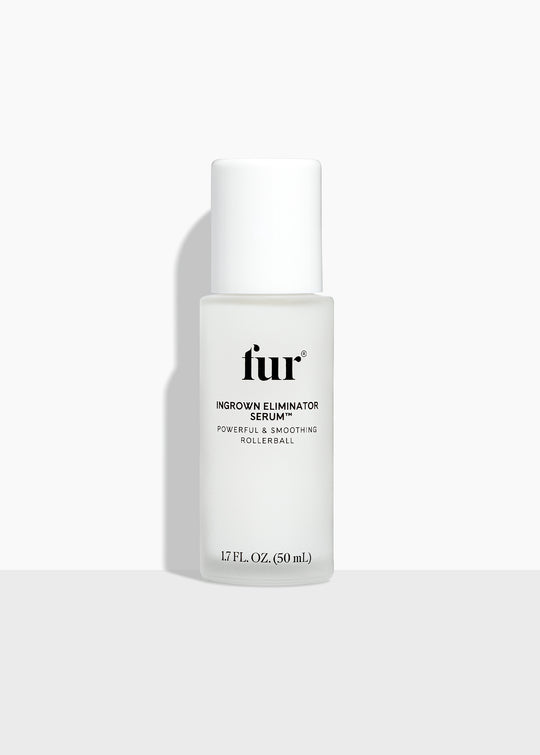Razor burn is a super common skin irritation that many people experience—and no, you're not alone. This pesky problem can turn what should be a smooth shaving experience into an uncomfortable aftermath of redness, bumps, and skin sensitivity. Whether you're a seasoned shaver or just starting out, razor burn can happen to anyone, regardless of skin type or hair texture.
Through this blog, we'll break down everything you need to know about razor burn: what causes it, how to treat it, and most importantly, how to prevent it from happening in the first place. At the end of the day, shaving is a personal choice, and however you choose to manage your body hair, let's learn how to keep your skin happy and healthy!
What Causes Razor Burn?
Razor burn isn't just bad luck—it's often the result of specific shaving practices that can irritate your skin. Here are the key culprits:
-
Dull Razor Blades: Using a worn-out razor is like trying to cut bread with a butter knife. Dull, old blades require more pressure and multiple passes, increasing skin irritation.
-
Lack of Lubrication: Shaving without proper cream or wash means more friction and less protection for your skin.
-
Aggressive Shaving Technique: Rushing through your shave or applying too much pressure can aggravate your skin.
-
Incorrect Shaving Direction: Going against the grain of hair growth increases the likelihood of razor burn and ingrown hairs.
-
Harsh Product Ingredients: Fragranced or chemically-loaded products can further irritate sensitive skin.
Environmental factors like dry skin or shaving unprepared areas can also contribute to razor burn, so consider your skin type and condition before setting out to tackle discomfort after shaving.
Razor Burn vs Razor Bumps
While often used interchangeably, razor burn and razor bumps are slightly different:
-
Razor Burn = An immediate, temporary skin irritation characterized by redness and a burning sensation.
-
Razor Bumps = Ingrown hairs that curl back into the skin, appearing after hair regrowth.
The key difference? Razor burn is an instant reaction, while razor bumps develop over time and can potentially become infected if not properly managed.
Razor Burn Treatment & Removal Tips
Cold Compresses
A simple yet effective first line of defense. Applying a cold compress can significantly reduce redness and calm inflammation. Soak a wash cloth in cold water and apply to the area or use a chilled gel pack, applying for a few minutes.
Fragrance-Free Moisturizers & Serums
Your skin needs gentle, soothing care after shaving. Opt for moisturizers specifically formulated for sensitive skin, avoiding anything with added fragrances. Aloe vera gel can be a game-changer, offering both cooling and hydrating properties. Fur’s hydrating moisturizer can be a great option for moisturising post shave, containing tee tree and lavender oils for antimicrobial and anti-inflammatory properties.
Shaving Cream
Think of high-quality shaving cream as a protective shield for your skin. Apply generously and let it sit for a few minutes before shaving. Avoid foaming products that can dry out your skin—look for creams that provide a thick lather and genuine lubrication.
Tea Tree Oil
This natural wonder offers antibacterial properties that can help reduce redness and prevent potential infections. Used as a spot treatment, it can be a quick remedy for razor-burned areas. Using products enriched with this active ingredient, such as Fur’s Ingrown Concentrate can help you quickly address the irritation that causes razor burn.
Water-Resistant Razors
Invest in a quality razor with multiple blades and lubricating strips. Water-resistant razors help prevent bacterial growth and ensure a smoother shave. Remember to clean your razor thoroughly after each use.
How Long Does Razor Burn Last?
Razor burn isn't a life sentence. Typically, it can last anywhere from a few hours to a few days, depending on your skin's sensitivity and the severity of the irritation. Factors like skin type, shaving technique, and immediate treatment can all influence recovery time.
How to Prevent Razor Burn
Prevention is always better than cure. Here are actionable tips to keep razor burn at bay:
-
Prepare your skin by washing with warm water using a gentle exfoliator
-
Use sharp, clean razors and replace blades regularly
-
Shave in the direction of hair growth
-
Apply a soothing after-shave lotion
-
Avoid over-shaving and give your skin time to recover
-
Store razors in a clean, dry place to prevent bacterial growth
Say Bye-Bye to Razor Burn with Fur
Razor burn is a common skin condition that can be managed with the right knowledge and approach. By understanding its causes, implementing proper shaving techniques, and using gentle, targeted treatments, you can significantly reduce the likelihood of experiencing skin irritation making your shaving routine seamless.
Ready to upgrade your shaving routine? Check out Fur's Razor Burn treatment collection for targeted solutions designed to keep your skin smooth, calm, and irritation-free.
